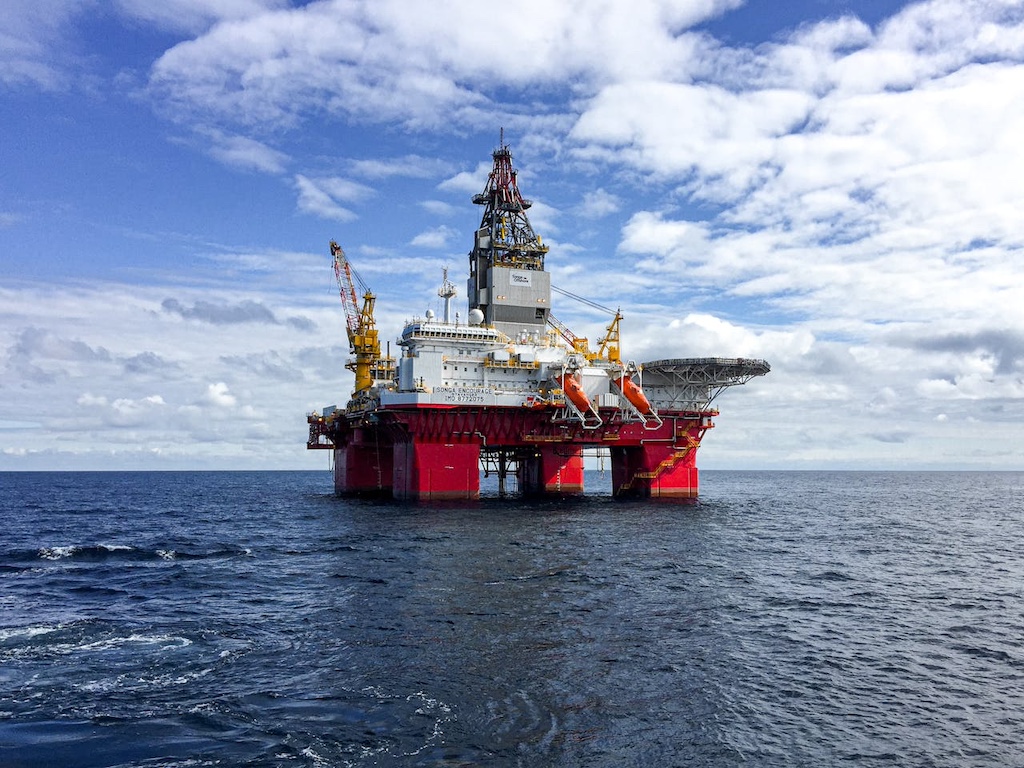When people think about ocean pollution, plastic waste is usually the first thing that comes to mind. However, another serious and often overlooked threat lurks beneath the surface — oil and fuel spills. Unlike plastic, which is visible and easily recognized, oil and fuel contamination spreads quietly but has devastating effects on marine life, ecosystems, and coastal communities.
This article explores the lesser-known issue of oil and fuel spills, their main sources, why they are often ignored, and the critical efforts being made to combat their impact on our oceans.
1. Major Sources of Oil and Fuel Spills in the Ocean
Oil and fuel spills can come from both accidental and operational activities. Some of the most common sources include:
a. Offshore Drilling and Exploration
Oil rigs and offshore platforms are among the biggest contributors to marine oil spills. Even small leaks during drilling, production, or transportation of crude oil can release large quantities of hydrocarbons into the water.
b. Shipping and Transportation
The global shipping industry relies heavily on marine fuel, which can spill during refueling, collisions, or when vessels are damaged. Tanker accidents, such as the Exxon Valdez disaster, serve as reminders of how one incident can devastate entire ecosystems for decades.
c. Land-Based Sources
Not all oil pollution comes directly from the sea. Runoff from urban areas, industrial facilities, and roadways often carries oil, grease, and fuel residues into rivers and eventually to the ocean.
d. Illegal Discharges
Some ships illegally discharge oily bilge water or used engine oil to reduce costs, contributing significantly to chronic marine pollution over time.
Even though these spills vary in size and visibility, the cumulative effect is significant, creating long-term harm to marine environments.
2. Why Oil and Fuel Spills Are Often Overlooked
Despite their seriousness, oil and fuel spills are not always perceived as major pollution events. Several reasons contribute to this:
a. Less Visible than Plastic Waste
Unlike floating plastic bottles or fishing nets, oil slicks may appear temporary. Sunlight, wind, and waves can disperse the visible layer quickly, giving the false impression that the problem has disappeared — when in fact, oil residues remain in the water and sediments.
b. Gradual and Repetitive Contamination
Smaller, chronic leaks are harder to detect compared to large, catastrophic spills. These small discharges may occur daily from ships, ports, or industrial activities, making their impact less noticeable but equally destructive over time.
c. Limited Public Awareness
Media coverage tends to focus on massive, dramatic spills, while smaller, continuous pollution events rarely make headlines. This lack of visibility results in limited public pressure for stricter regulations and preventive measures.
d. Economic Dependence on Oil
Because oil remains a key driver of the global economy, industries and governments may downplay its environmental consequences to maintain stability and economic growth.

3. Environmental Impacts of Oil and Fuel Spills
The environmental damage caused by oil and fuel spills extends far beyond the initial contamination. The following are some of the most significant impacts:
a. Marine Life and Ecosystem Damage
Oil coats the surface of the water, reducing oxygen exchange and suffocating marine organisms. Fish, seabirds, turtles, and mammals can suffer from toxic exposure, impaired reproduction, and loss of habitat.
b. Long-Term Ecosystem Recovery
Even after cleanup efforts, oil residues can remain trapped in sediments and shorelines for years. Ecosystems like mangroves and coral reefs are especially vulnerable, as they absorb oil that disrupts their natural growth and regeneration.
c. Economic and Social Impact
Fishing industries, tourism, and coastal livelihoods are often directly affected. Polluted beaches and declining fish stocks can lead to long-term economic loss for coastal communities.
4. Response Efforts and Emerging Technologies
To address oil and fuel spills, several response strategies and technologies have been developed:
a. Containment and Recovery
Booms and skimmers are used to contain and collect spilled oil before it spreads further. However, their effectiveness depends heavily on sea conditions.
b. Dispersants
Chemical dispersants help break down oil into smaller droplets, allowing it to be degraded more easily by marine bacteria. However, their use must be regulated carefully to prevent secondary pollution.
c. Bioremediation
This eco-friendly approach uses microorganisms that naturally break down hydrocarbons into less harmful substances. Bioremediation is increasingly viewed as a sustainable method for long-term recovery.
d. Monitoring and Prevention
Modern technologies such as satellite imaging, drones, and sensor-based monitoring help detect oil spills early and improve response times. Preventive measures, including better ship maintenance and stricter waste disposal laws, also play an essential role.
Conclusion
Oil and fuel spills may not always make headlines, but their impact on marine ecosystems is undeniable. From the death of marine species to the long-term degradation of coastal habitats, this form of pollution demands greater attention and stronger global cooperation.
By improving public awareness, enforcing stricter regulations, and investing in advanced cleanup technologies, we can reduce the overlooked threat of oil and fuel spills — protecting our oceans for generations to come.
Read other Articles: Effectiveness of Oil Spill Dispersants in Various Marine Conditions

